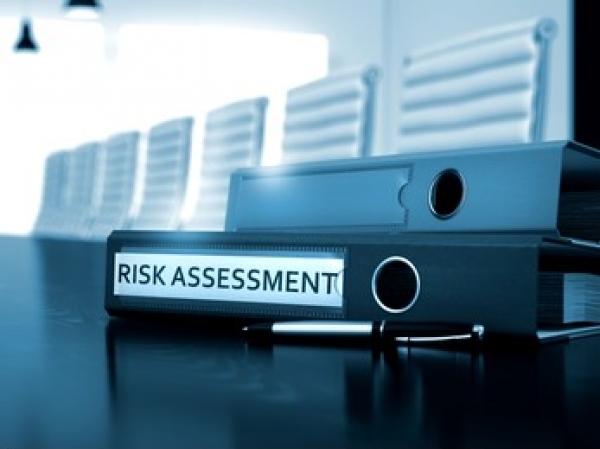What Are The Different Types of Approaches Used in Risk Assessment for Businesses Today?
When it comes to promoting health and safety in the workplace and abiding by relevant legal requirements, risk assessments have a lot of significance. These are crucial for the risk management strategies of a business. Once written down, workers of all levels can view them. This can be used to encourage safe working practices and proper health and safety standards across an organization. Know about the various types of risk assessment approaches that are used by businesses today.
1. Qualitative Risk Assessments
These include most of the risk assessments that are conducted today. While performing this type of evaluation an assessor uses his personal thoughts and judgment to detect workplace hazards, make an assessment of risks and plan proper measures for controlling them. The risks may be categorized as low, medium or high, once the severity and probability are taken in consideration.
2. Quantitative Risk Assessments
Quantitative risk assessment methods and tools are used here for the assessment of risk level. There can be a use of a risk matrix to assign a value to the severity and possibility of risks.
3. Generic Risk Assessments
The risks and hazards involved in activities and tasks are evaluated in this approach. This can be used by various businesses and in varied locations for similar or same types of activities. It helps reduce risks of duplicate risk management methods. In order to ensure relevance of generic assessments, these should be updated, adjusted and reviewed in a proper way.
4. Site-Specific Risk Assessments
The most significant form of risk assessment process, these are executed in a particular location for a particular activity. These are entirely relevant and effectual at controlling or eliminating risks, thus ensuring the safety of people.
5. Dynamic Risk Assessments
These are on the spot evaluations that are conducted during emergency situations, to determine whether or not continuance of work activities is safe. Written risk evaluation might not be implemented in case of major, abrupt changes to the safety and health of work activities or employees in a workplace.
You might find some type of risk assessment method better for your business than the other. Regardless of which process you adopt for your workplace, it is always recommended that you engage with your workforce while carrying out risk evaluation. This can help your workforce have a proper idea about all the practical solutions necessary for safe completion of activities in the workplace. It can serve to make the process complete.



Comments
Post a Comment